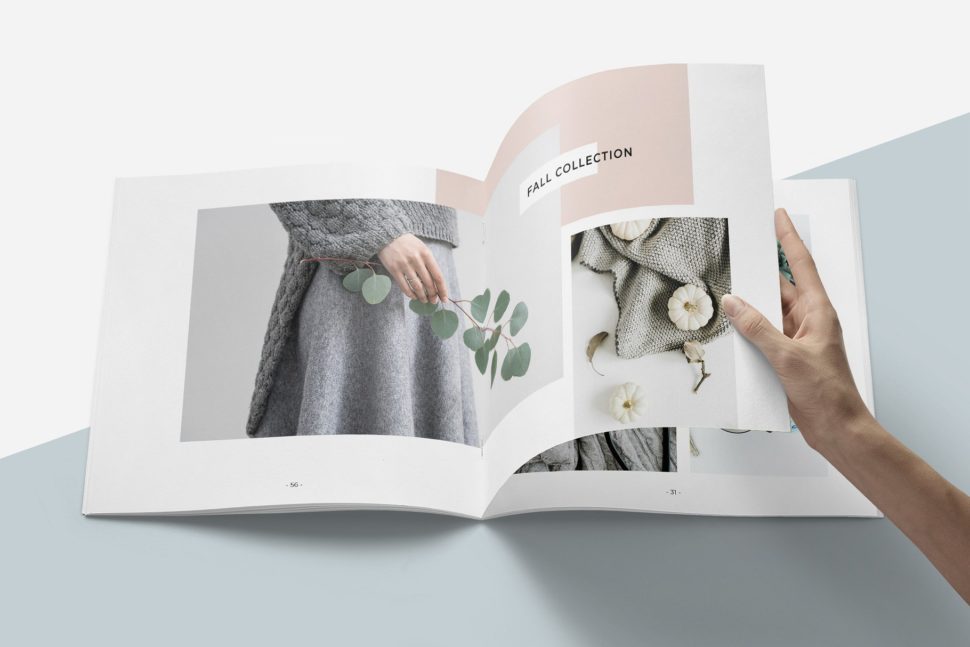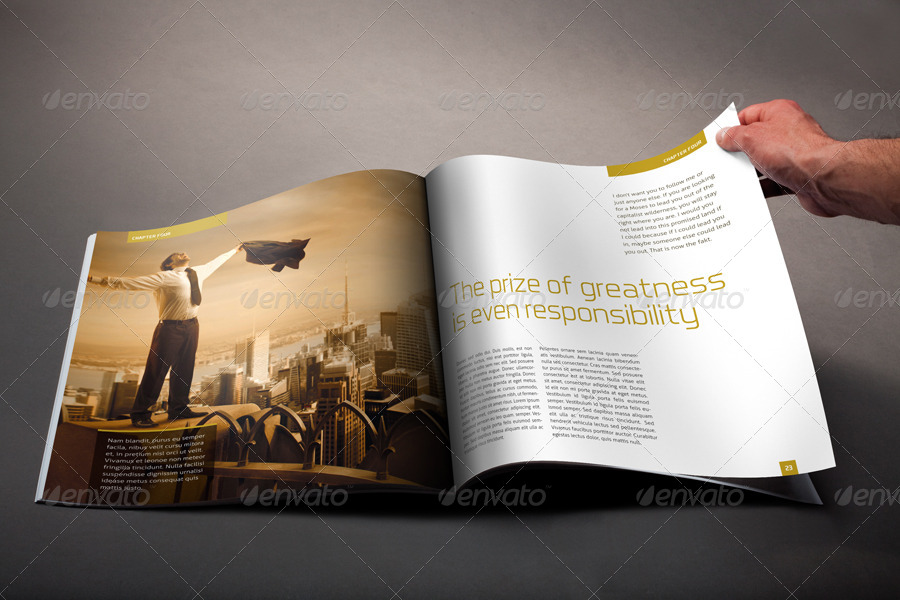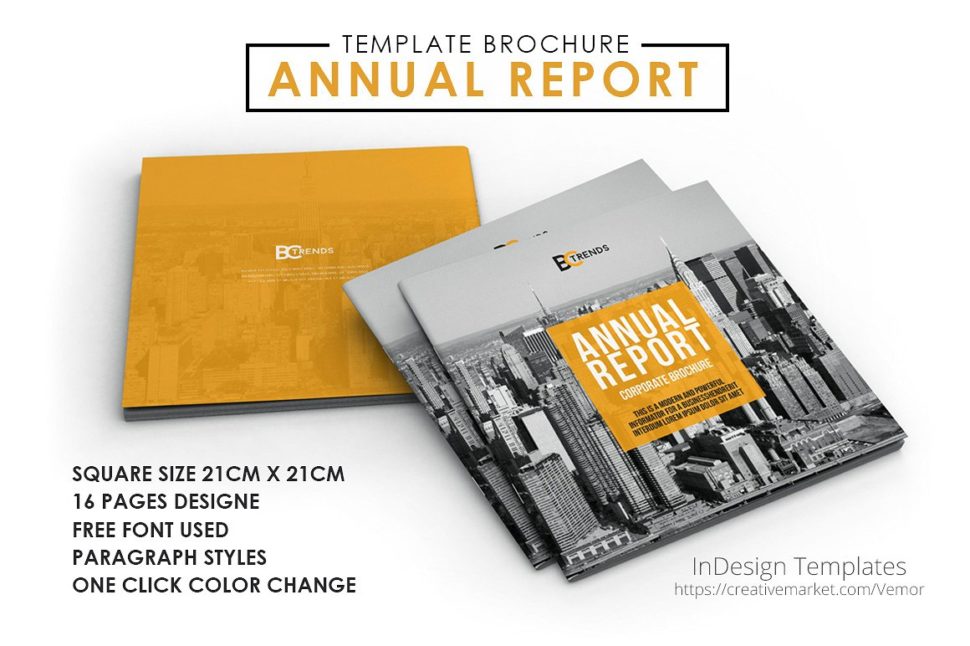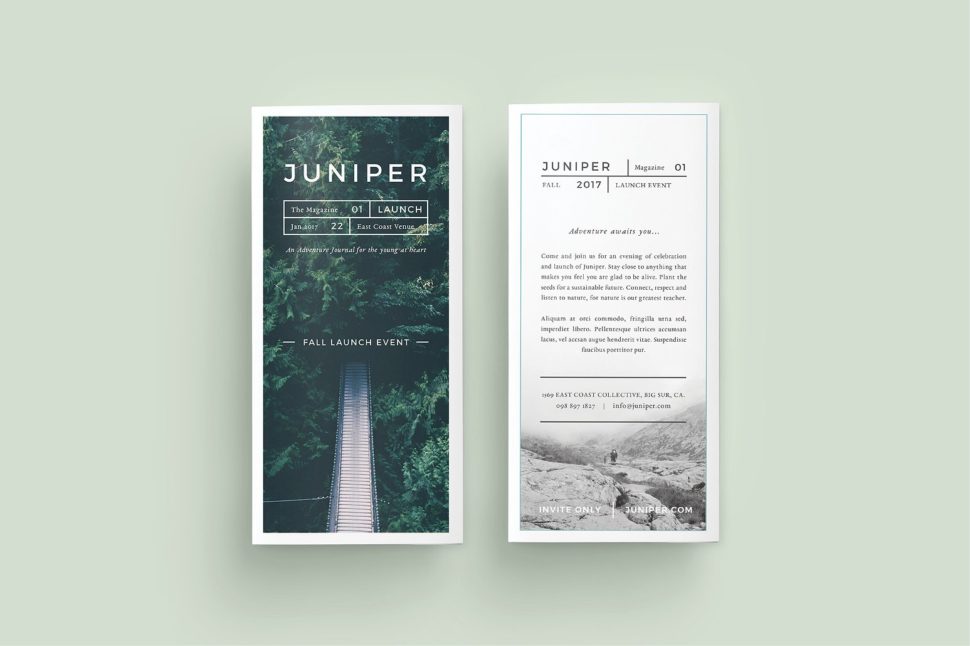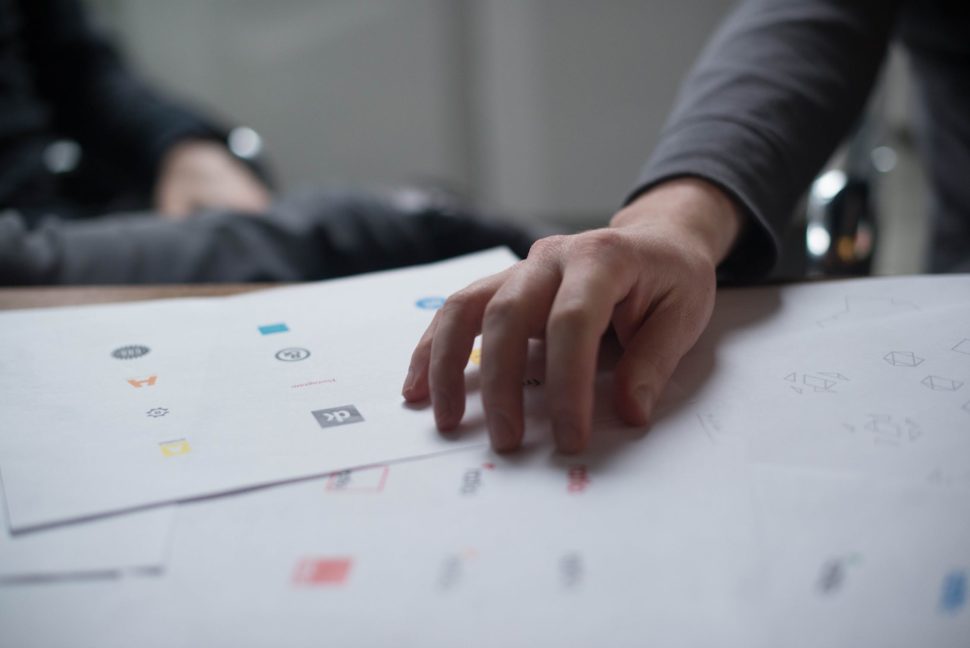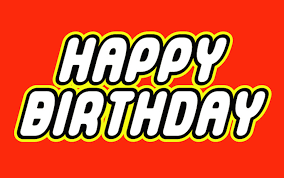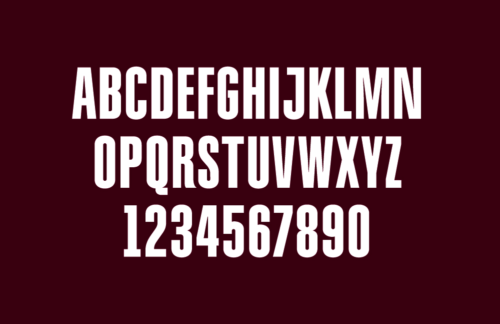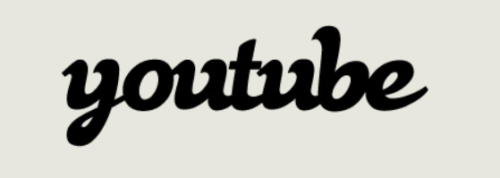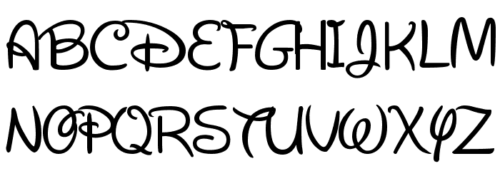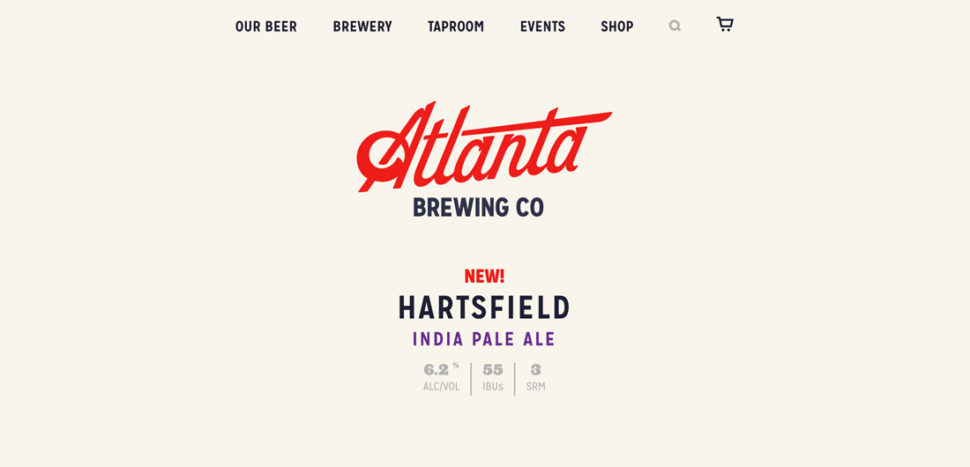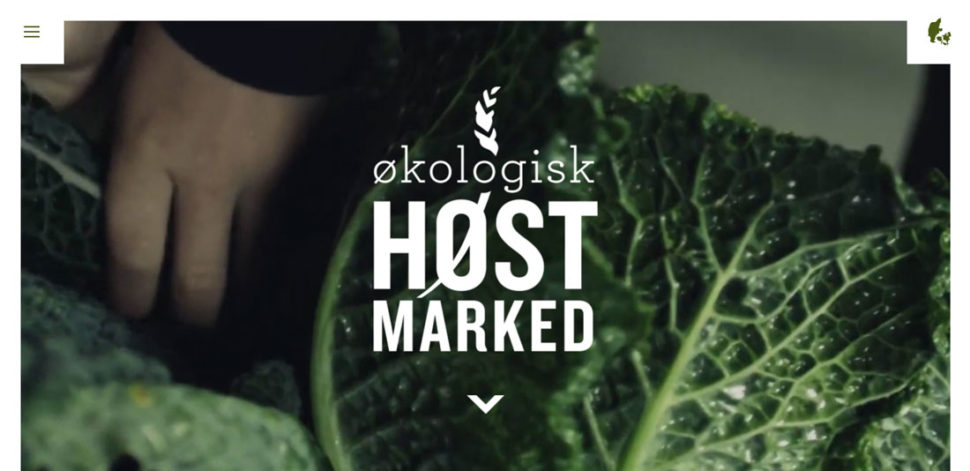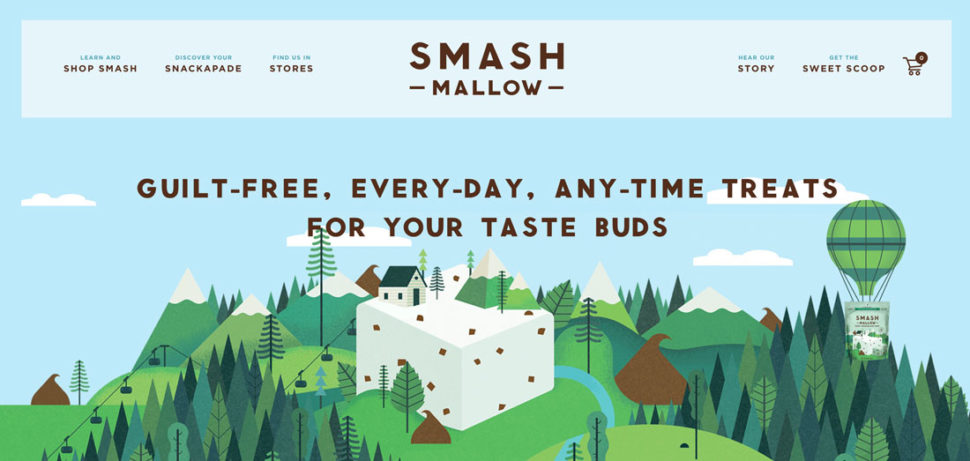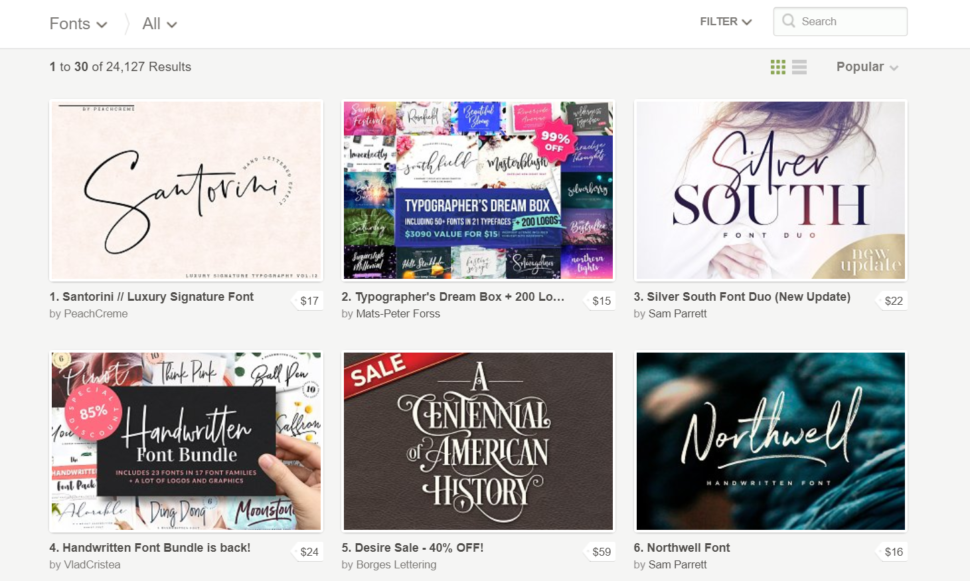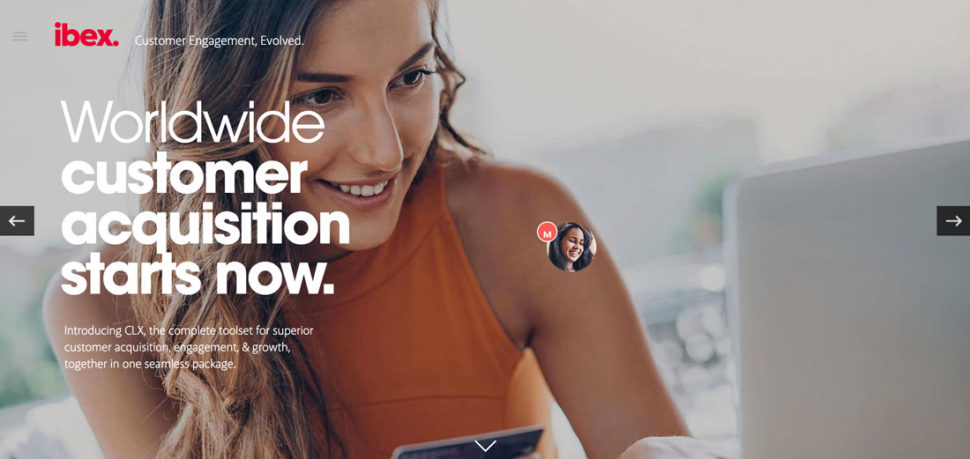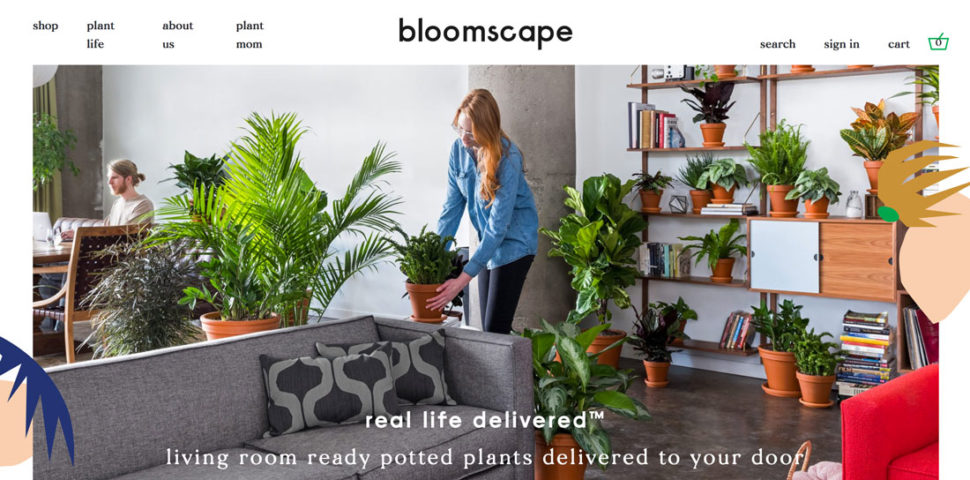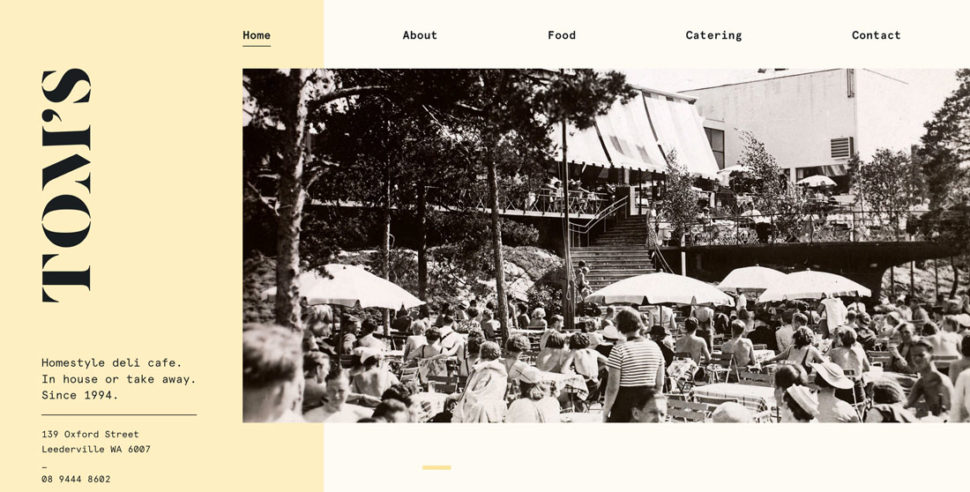Team members are the people who usually give their insight when there is a discussion about identifying the opportunities to improve the business. But in the majority of the situations they will be busy, and it does not seem right to pull them from their work and get their input. So, if the same team starts brainstorming about the improvements then who can do the actual job which must go on.
This is where the situation where many teams find it very difficult to come out of. We can also understand that they are too busy to think and make some improvements. So, they do not spend time on improvements which can actually bring them some free time, but they do not come out of their busyness. This is the reason; it becomes difficult to break the cycle of inefficiency.
This is where the Kanban comes into the picture. This can be a starting point which helps to overcome the challenge of handling too much work and not having time to think about opportunities. Kanban comes with certain systematic approach which helps in identifying the opportunities.
One must understand that Kanban is a practice. This is the reason it becomes easy to leverage its principles in daily work rather stopping it and turn towards new initiatives for improvements. A team which starts practicing the Kanban will succeed in identifying the opportunities through implementing and inventing their own unique solutions through proven methods.
Roots of Kanban
Kanban ordering system also is known as Kanban was actually originated in Lean manufacturing. Later it grew quickly and got popularity since this technique was embraced by knowledge workers mainly to reach increasing demands of their customers and to reduce the costs.
Today one can find thousands of companies using Kanban which include all types of industry. Kanban can lead to continuous improvement.
Software Development and Kanban
Since there is an affiliation between Kanban and Agile development it has become a very popular tool when it comes to software development. One must understand that Kanban is different from Waterfall approach, Extreme Programming, or Scrum which are project management methodologies. Kanban do not make use of time boxed iterations where as these methodologies do.
When using Kanban, if the expectations are not met them the team has many other opportunities through which it can make corrections during the iteration. Kanban is a method which is based on iterative work. This is nothing but the work done in smaller segments.
Hence there will be reduction in amount of re- work to be done if there is any change which occurs suddenly. This is the reason customers get chance to give their honest feedback and can also request for changes during the iteration along with keeping the budget in check and preserving the timelines.
Kanban System
Kanban system can be understood as a work scheduling system. This can maximize the productivity of a particular team through minimizing the idle time. Idle time is common in any process, procedure, or even in the workflow. This can be traced back to some opportunities in the process.
Maximize resource and time using Kanban
When there is a Kanban tool it can help teams to understand how the time is spent. Majority of the Kanban tools available online can help in providing tracking as well as productivity data which leads to the easy identification of problem areas. Once the team understands the problem area, they can easily develop solutions.
Kanban benefits
When it comes to managing work there are many advantages of using a Kanban system. Some of them are:
- Increase the ability of the team member to focus on the task
- Enhanced efficiency
- Increased productivity
- Reduction in time wasting and wasted work
- Complete focus on delivery with continuity
- Flexibility
The first thing one must understand is Kanban is very flexible. Here there will not be any phase durations which are prescribed. When it comes to priorities, they are reassessed continuously and this is based most recent information. Continuous delivery is the one more advantage of using Kanban.
There will be the continuous delivery of the project in small portions to the customer. There will be multiple opportunities for the team to synchronize the future iterations using updates requirements of the business. This is the reason Kanban makes the teams deliver want exactly the customer is expecting.
It is possible to maximum value through Kanban to the customer since it comes with continuous improvements and iterative cycles. But in case of time boxed approaches, one must wait until the end of the project for feedback from customers. Later the changes can be done. This is the reason they end up in higher project costs.
After very long waiting may be for months to deliver a project or to give a prototype customer may find something and feel the product is lacking some important feature. This leads to the entire team going backwards to find that mistake. Later they must undo the work which is done in weeks. So, in this situation a developer may get frustrated easily. Meantime customer feels bitter after taste and ends up paying more for the project.
But Kanban revolves around efficiency and productivity. Along with this, there will be a reduction in waste when Kanban is followed. The waste reduction is taken care in all its forms like defects, unnecessary motion, over-production, over processing as well as waiting.
When it comes to software development, wastage is nothing but
- Work which is done incorrectly
- Work which is done but not necessary
- Time which is spent on doing wrong or unnecessary work rather spending it on valued work
When there is a method to eliminate the waste from a workflow, project or from a process there will be high productivity. This also leads to the increased focus of the people towards work that really matters.
Read also: more in-depth knowledge about kanban system
“This is the reason efficiency improves since people learn to manage their time or they start completing their work.”
Along with re prioritizing the work as per need there will be proper communication on task board in Kanban system which allows clarity. So, there will not be any question on what the next task one must do since it will be very clear. A team member will keep pulling the next Kanban card from the top in the queue. So, there will not be any waste of time to find the next task.
The post Benefits of Using Kanban Tools in Project Management appeared first on SpyreStudios.
from SpyreStudios https://spyrestudios.com/benefits-of-using-kanban-tools/


